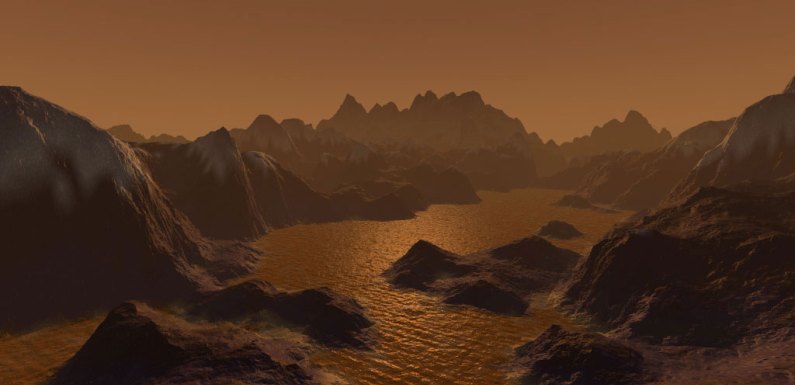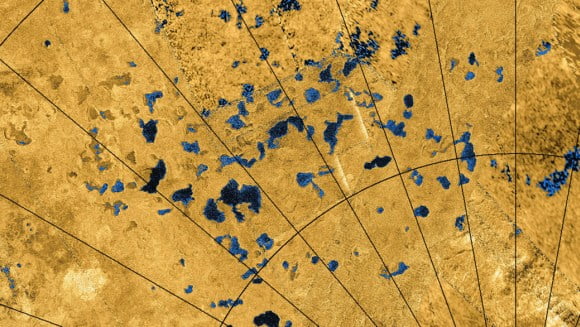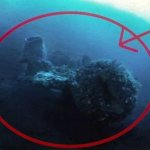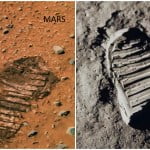
After verifying the existence in Saturn’s Moon Titan’s atmosphere of vinyl cyanide, NASA is working on restoring the states in a lab to prove life could exist on the moon of Saturn.
NASA discovered alien life forms might be able to prosper in waters. Thereupon, they can alter their whole method of search of otherworldly existence.
Here on Earth, cell membranes include molecular chains which incorporate phosphorus-oxygen heads and carbon-chain ends that unite each other and allow them to survive in water. In other words, they grow based with the help of H20.
On the other hand, Titan’s oceans consist methane. Thus, any cells in the water would have to include nitrogen, hydrogen and carbon.
There were some earlier studies regarding these details. They revealed that vinyl cyanide was most likely the particle to form a membrane which could withstand like an Earth-based membrane in the oceans of Titan.
NASA’s Cassini spacecraft has established a presence of this molecule in Titan’s atmosphere. This means a vinyl cyanide membrane could thrive there.

Maureen Palmer, a researcher at NASA’s Goddard Space Flight Center in Greenbelt, Maryland, said: “If membranes can be made in a lab with a simulation of Titan’s ocean conditions, it would make us more optimistic about them really forming on Titan.”
Palmer initially began investigating data from the famous Atacama Large Millimeter/submillimeter Array (ALMA). This happened three years ago in NASA’s Astrobiology Institute’s summer research program.
ALMA became completely useful in 2013, generating images of far-flung galaxies up to ten times sharper.
When the team dug deeper, they understood they had strong evidence of vinyl cyanide. It was starting 124 miles, up in Titan’s atmosphere.
Previous probes on other instruments couldn’t determine the compound’s existence on Titan. Instead, it took ALMA’s higher sensitivity to detect the particle. Chiefly, because it was disguised among the 95% nitrogen and 5% methane of Titan’s atmosphere.
According to Paulette Clancy, a Cornell University Professor of Chemical and Biological Engineering, these discoveries are rather fascinating.
“The findings are an exciting validation of our prediction since they also find that the concentration of vinyl cyanide is considerable enough to make self-assembly into azotosome-like vehicles a viable process,” she said.
However, there are lots of speculations about alien life. Palmer claims that there’s also skepticism around the vinyl cyanide cell membrane theory.









